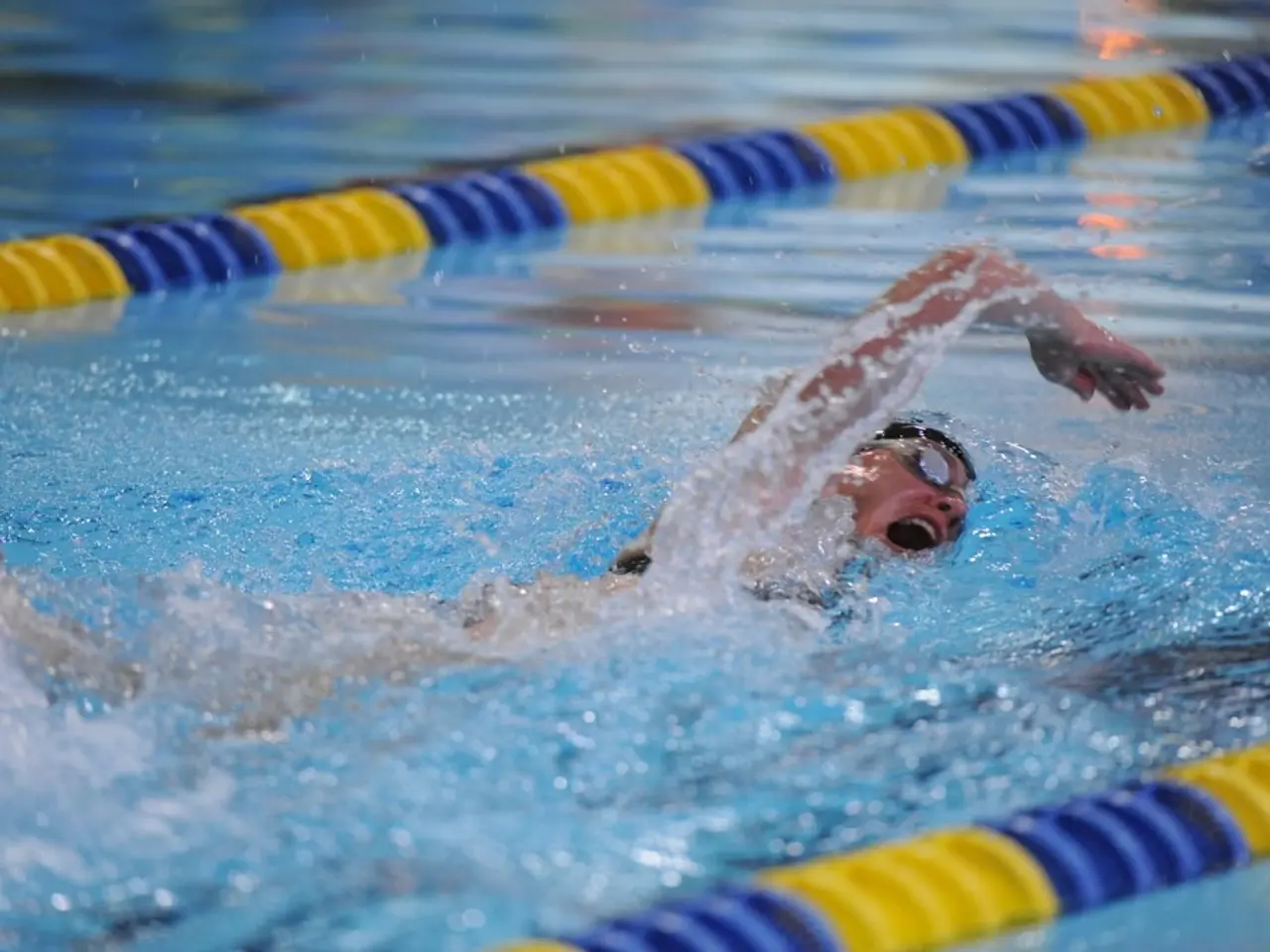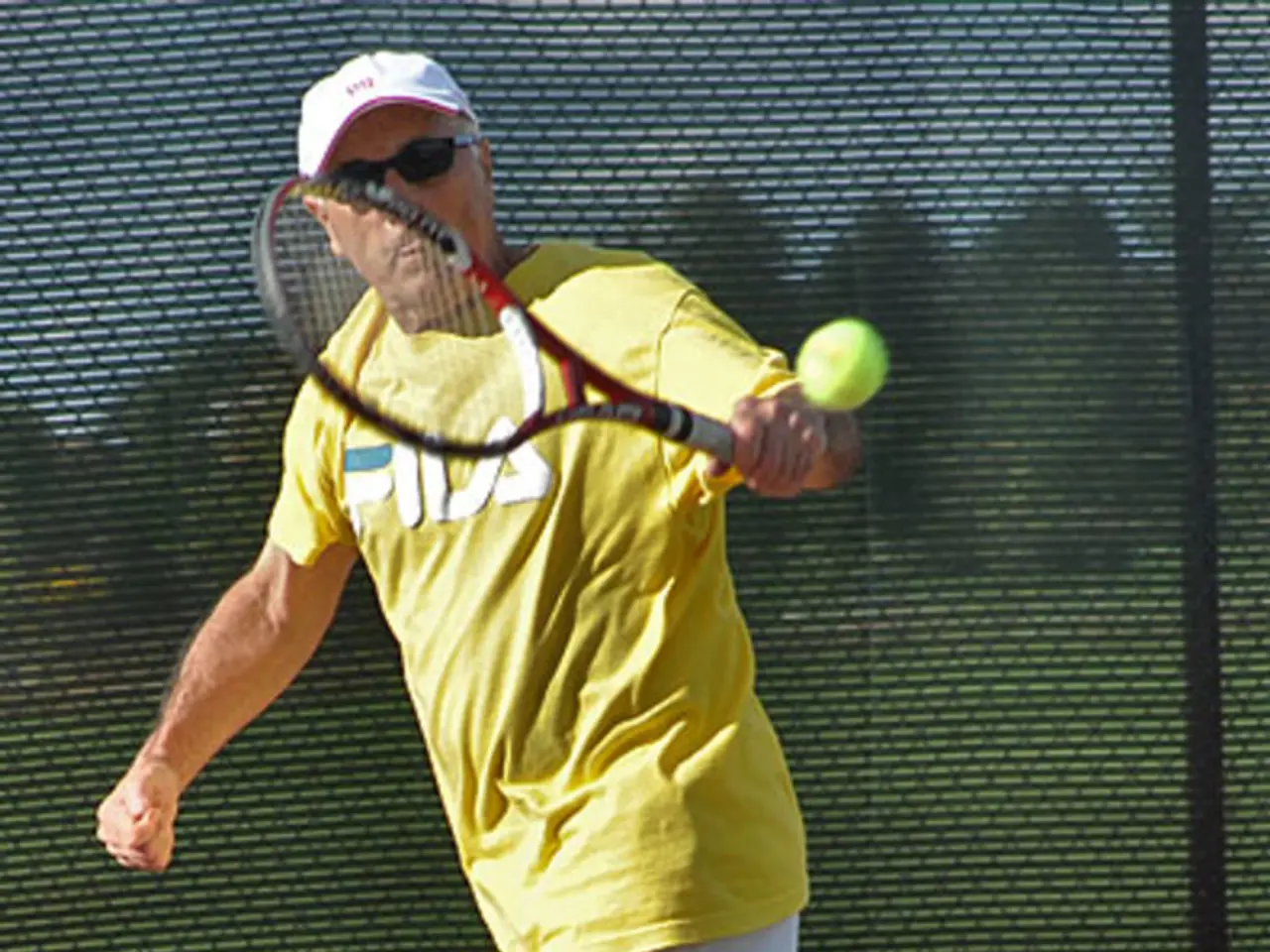Protecting Kids in Sports: Strategies for Parents to Prevent Mistreatment
Psychological Abuse in Sports: A Growing Concern
Psychological abuse in sports has emerged as a significant issue, affecting numerous athletes, particularly young ones. This form of abuse often thrives on power imbalances, lack of accountability, and normalized harmful behaviors within the coaching and organizational culture [1][2].
In sports such as gymnastics, where young children are required to perform high-level tasks and face strong performance pressure, lack of self-determination, and close bonds with coaches, the risk of psychological abuse is particularly high [3]. Alarmingly, statements like "I have to go to not disappoint the others" can be red flags [2].
Parents play a crucial role in identifying warning signs of psychological abuse. Changes in an athlete's behavior such as withdrawal, anxiety, excessive fear of failure, sudden loss of interest in the sport, or signs of low self-esteem and depression should raise concerns [2]. Parents should also look out for patterns of excessive criticism, humiliation, or unrealistic demands from coaches [2].
Recent allegations of psychological and physical pressure in German gymnastics training centers have highlighted the need for action [4]. The German Gymnastics Federation has suspended coaches and appointed a law firm and an expert council to address the issue, with the goal of clarifying misconduct and strengthening the protection of athletes [4].
International bodies like the IOC have developed toolkits, guidelines, and frameworks to combat psychological abuse since the 2000s, escalating after high-profile abuse scandals [2]. These initiatives aim to create transparent procedures for athlete protection, education for coaches and stakeholders on abuse prevention, and promote athlete-centered environments [2].
To prevent psychological abuse, sports clubs and organizations can establish clear codes of conduct, mandatory safeguarding training, accessible reporting channels, and independent oversight [2][3]. Creating multidisciplinary safeguarding teams that include mental health professionals enhances detection and intervention [2][3].
Measures to create a culture of openness and error tolerance in sports are also essential. This includes promoting open dialogue about mental health and abuse, empowering athletes to speak up without fear of retaliation, and training coaches to adopt psychologically safe leadership styles [2][3]. Encouraging learning from mistakes rather than punitive reactions helps reduce pressure and toxic environments [2][3].
The role of parents in the context of psychological abuse in sports is complex. Many parents may not be present at training and clubs or coaches often keep parents at a distance [6]. However, it is crucial for parents to be educated about the risks involved in sports and for clubs to actively inform them [6].
A genuine error culture, sufficient resources, and training for all involved are urgently needed to facilitate change in the system [5]. By addressing psychological abuse in sports, we can create a safer, healthier environment where athletes can thrive and reach their full potential.
- In light of the high risk of psychological abuse in sports, particularly in gymnastics, it's vital for coaches to abstain from excessive criticism, humiliation, or unrealistic demands to ensure a healthier sporting environment for young athletes.
- As red flags such as 'I have to go to not disappoint the others' can indicate psychological abuse in sports, parents should actively seek changes in their child's behavior like withdrawal, anxiety, low self-esteem, and depression, and report these to appropriate authorities.







